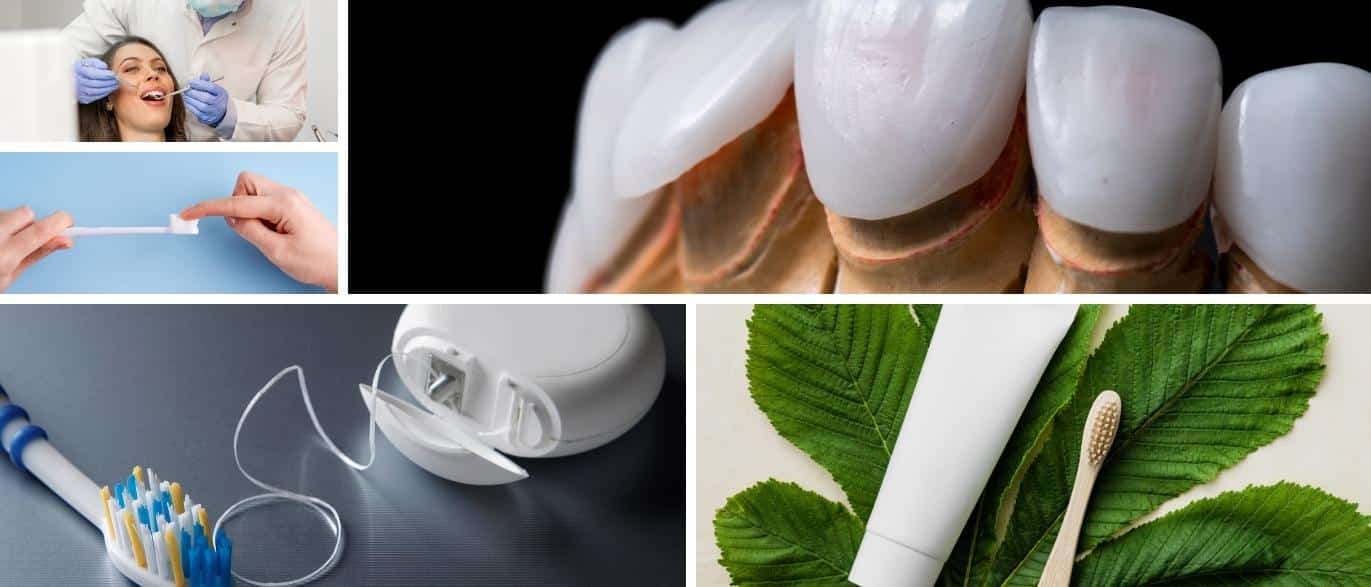Pearl Dental Blog

Veneers vs. Whitening: Which is the Best Option for a Radiant Smile?
Achieving a radiant smile is a desire shared by many, and modern dentistry offers several avenues to attain it. Two popular methods for enhancing the brightness of teeth are veneers and whitening treatments. Each approach has its own merits and considerations, catering to different needs and preferences. Understanding the differences between veneers and whitening can help individuals make an informed decision about which option best suits their goals.
Understanding Veneers
What are Veneers?
Veneers are thin, custom-made shells typically made from porcelain or composite resin. They are designed to cover the front surface of teeth to improve their appearance. Veneers can effectively address a range of cosmetic issues beyond just discoloration, including chipped or misshapen teeth.
Procedure and Process
The process of getting veneers usually involves several steps:
- Consultation and Planning: A consultation with a dentist to discuss goals and assess suitability.
- Preparation: A thin layer of enamel is removed from the front surface of the teeth to accommodate the veneers.
- Impressions and Customization: Impressions of the teeth are taken to create veneers that fit precisely.
- Bonding: Veneers are bonded to the teeth using dental cement, and adjustments are made as needed for fit and comfort.
Pros of Veneers:
- Versatility: They can improve the appearance of teeth affected by multiple cosmetic issues.
- Durability: Veneers are resilient to staining and can last a decade or more with proper care.
- Natural Appearance: Porcelain veneers mimic the natural translucency and shine of teeth.
Cons of Veneers:
- Irreversible: Enamel removal is irreversible, and the process is not suitable for everyone.
- Cost: Veneers tend to be more expensive than whitening treatments.
- Maintenance: While durable, veneers may require replacement over time due to wear or damage.
Exploring Whitening Treatments
What is Teeth Whitening?
Teeth whitening, or bleaching, is a non-invasive cosmetic dental procedure aimed at lightening the color of natural teeth. It targets stains and discoloration caused by aging, food and drink, smoking, and other factors.
Types of Whitening Procedures
- In-Office Whitening: Conducted by a dentist, this procedure typically involves a higher concentration of bleaching agent and may include the use of light or heat to enhance results.
- At-Home Whitening: Utilizes whitening trays or strips provided by a dentist, containing a lower concentration of bleaching agent for gradual whitening over several applications.
Pros of Whitening:
- Non-Invasive: Does not require alteration of natural tooth structure.
- Affordability: Generally more cost-effective than veneers, especially at-home treatments.
- Convenience: At-home options allow flexibility in application and scheduling.
Cons of Whitening:
- Temporary Results: Results may fade over time, requiring periodic touch-ups.
- Sensitivity: Some individuals may experience tooth sensitivity during or after treatment.
- Limitations: Whitening may not be effective for certain types of discoloration or dental conditions.
Choosing the Best Option for You
Factors to Consider:
- Severity of Discoloration: For mild to moderate discoloration, whitening treatments may suffice. Veneers are more suitable for severe stains or intrinsic discoloration.
- Budget: Whitening treatments are generally more affordable upfront, whereas veneers involve a higher initial cost.
- Longevity: Veneers offer longer-lasting results without the need for frequent touch-ups compared to whitening treatments.
Consultation with a Dentist
Ultimately, the decision between veneers and whitening should be guided by a consultation with a qualified dentist. They can assess your dental health, discuss your aesthetic goals, and recommend the most suitable treatment option based on your unique circumstances.
Conclusion
Both veneers and whitening treatments offer effective solutions for achieving a radiant smile. Veneers are ideal for addressing multiple cosmetic issues and providing long-lasting results, albeit at a higher cost and with irreversible enamel removal. On the other hand, whitening treatments are non-invasive, more affordable, and suitable for mild to moderate discoloration. Understanding your priorities, consulting with a dentist, and weighing the pros and cons of each option will empower you to make an informed decision toward achieving the smile you desire. Whether you opt for the transformative effects of veneers or the brightening simplicity of whitening treatments, enhancing your smile can significantly boost your confidence and overall sense of well-being.





